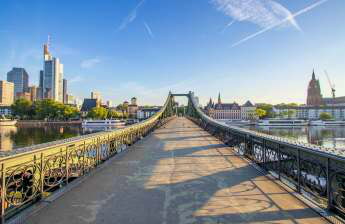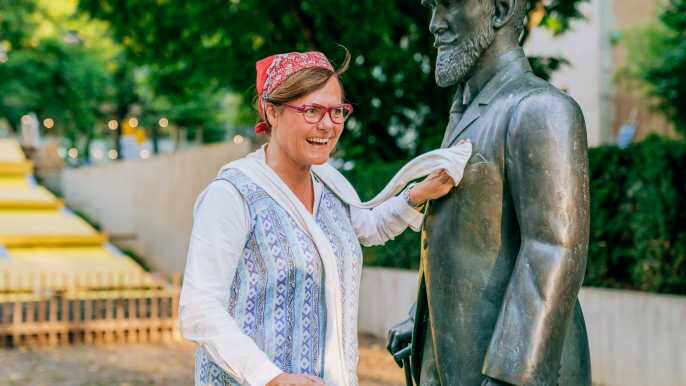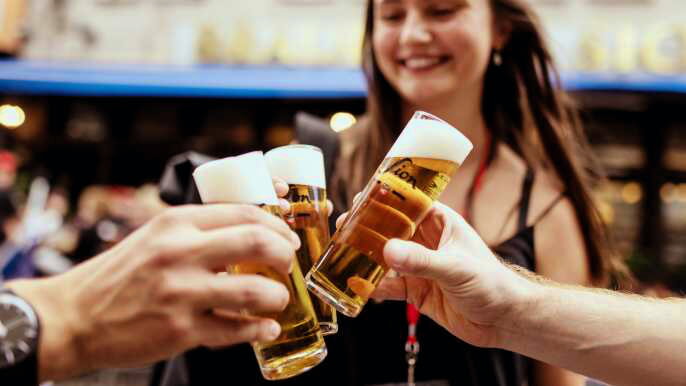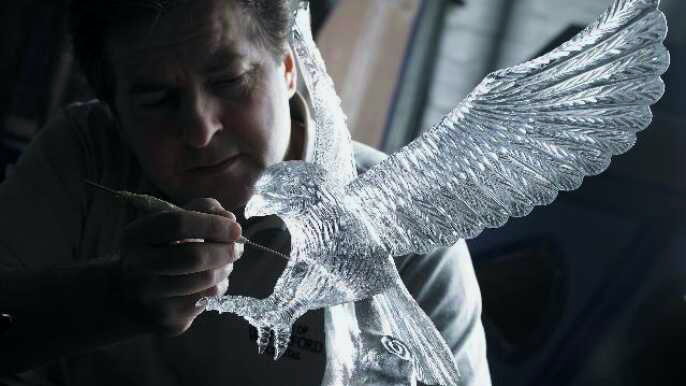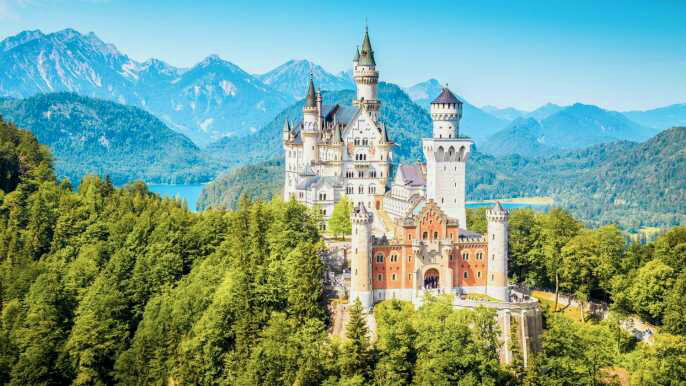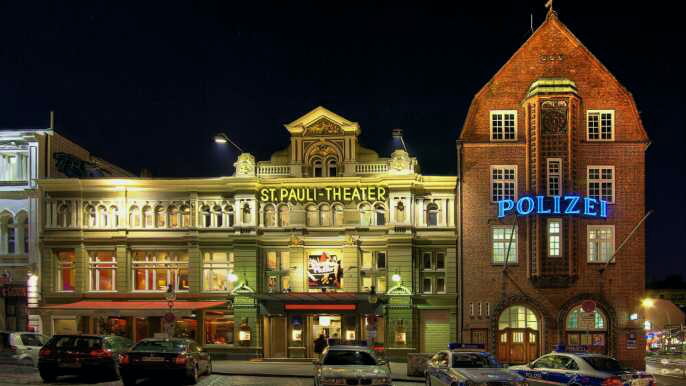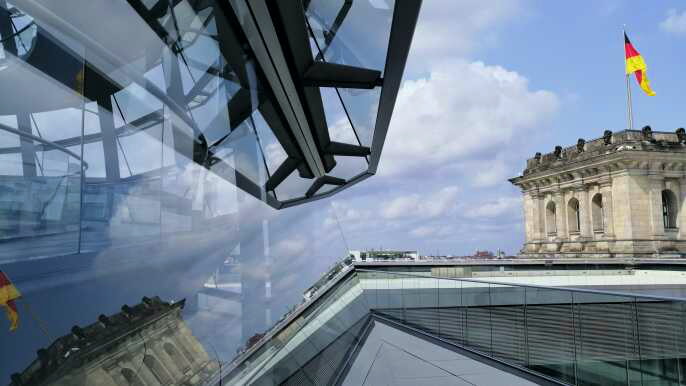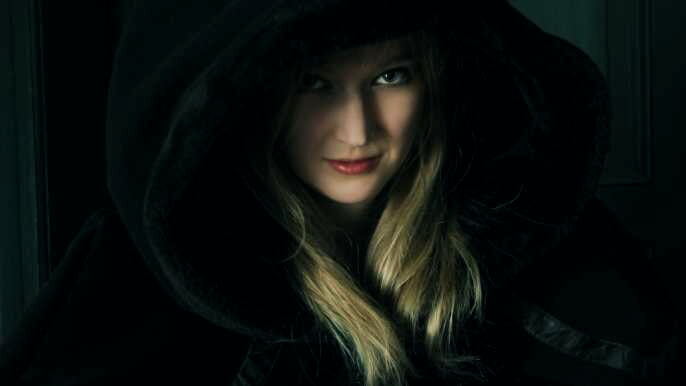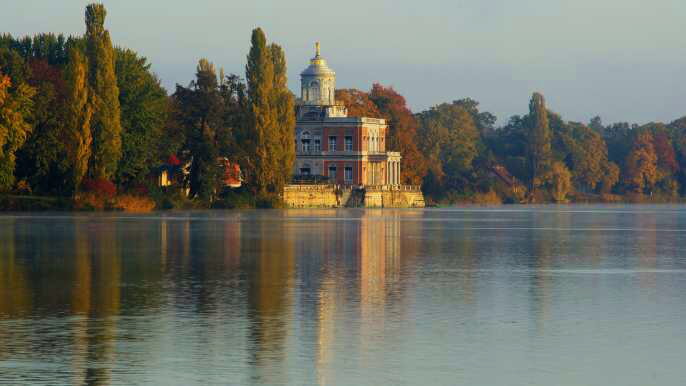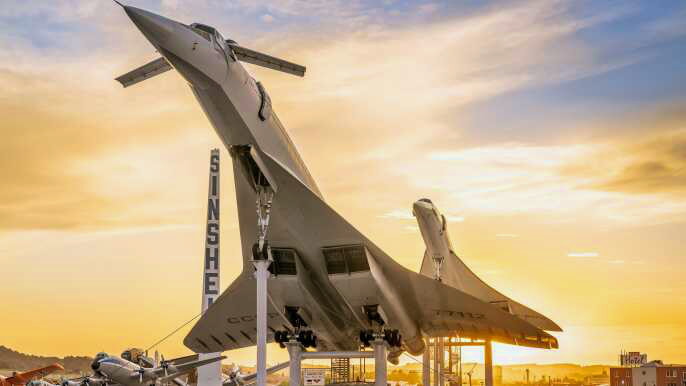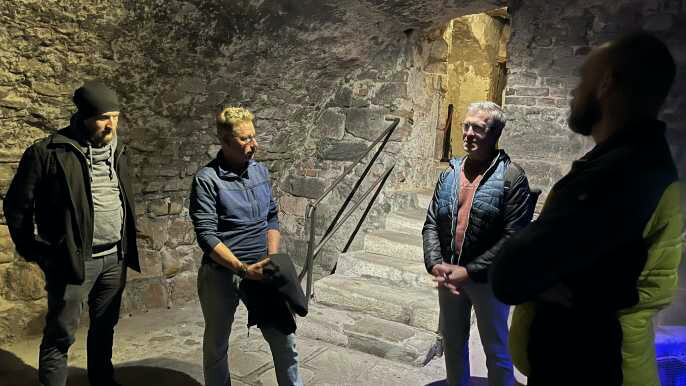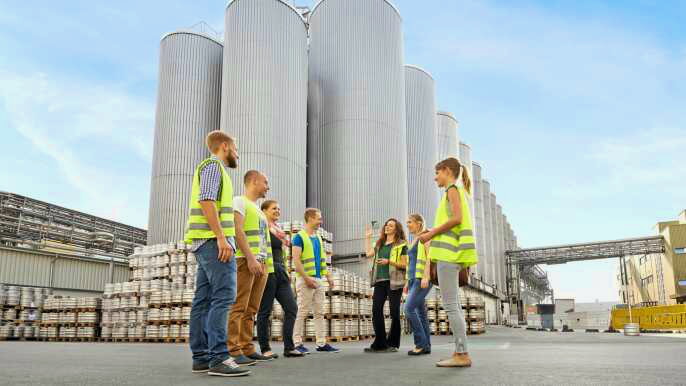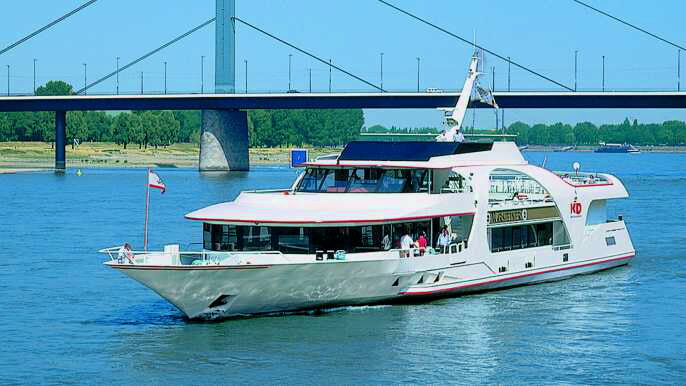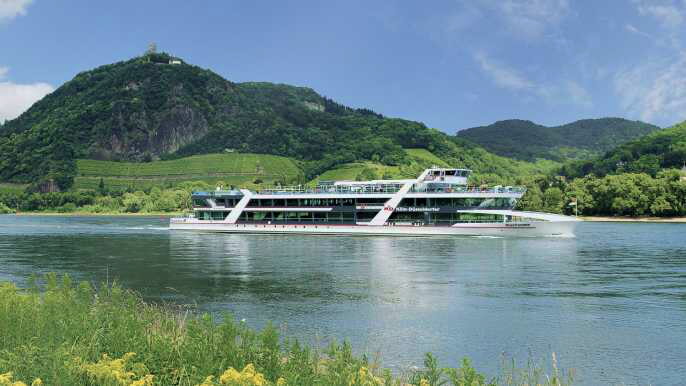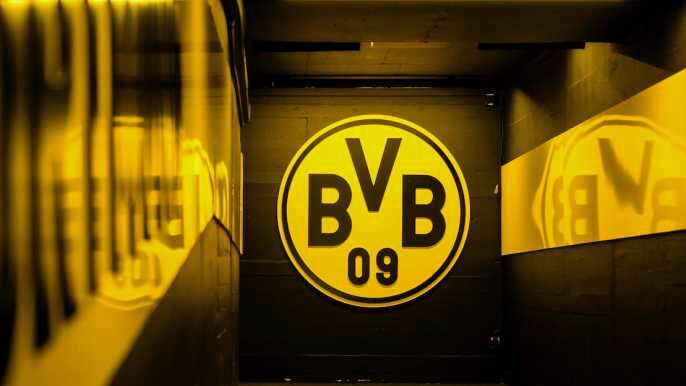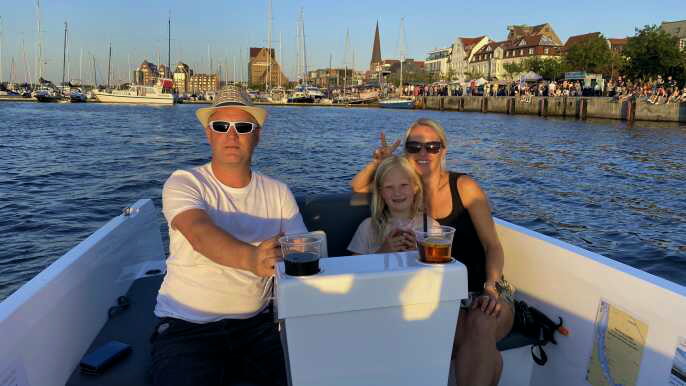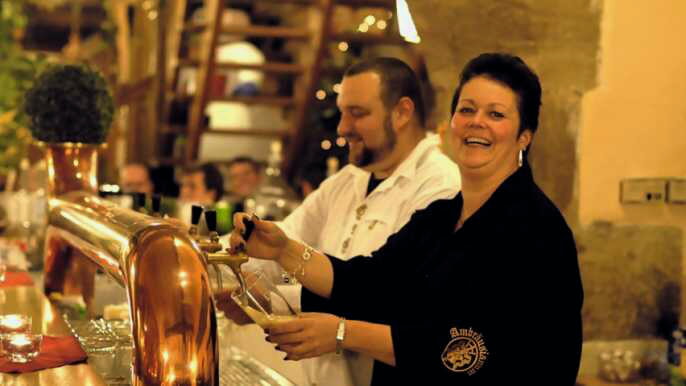There's much to see and do in Frankfurt, a central German city on the river Main that's home to the European Central Bank.
The historic city centre contains a town square that's surrounded by timber houses. It's also the site of Römerberg, a square that hosts an annual Christmas market.
Museumsufer
Museumsufer is a neighbourhood in the city centre of Frankfurt that is home to a number of museums and other attractions. This area is a great place to people watch and is also a popular location for many food festivals.
The area is situated along the Main River and has a large concentration of museums. The area is known as Museumsufer, which means “museum embankment.”
Another interesting attraction in the area is the Struwwelpeter museum, which features works from the famous children’s book by Heinrich Hoffmann. The museum brings the characters of the book to life in a colorful and entertaining way.
The German Film Museum is a great place to learn about the history of cinema. It traces its development from the invention of film in 1895 to the present day, and also offers exhibitions on important directors like Kubrick and Rainer Werner Fassbinder.

Main Tower
The Main Tower in Frankfurt is a unique building that features a circular design with blue glass cladding. It is the tallest building in the city and offers a public viewing observatory on top of its 56 floors.
The skyscraper was built in 1999 and is now home to the offices of the Landesbank of Hesse and Thuringia (Helaba), Merrill Lynch and the Hessischer Rundfunk. It was the first to be encased in glass and also the first German high-rise to earn LEED Gold certification for sustainability.
A unique building with curved windows that are opened individually according to the weather, it is one of the most popular sights in Frankfurt and is sure to attract thousands of visitors each year.
The building is also highly energy efficient, with a part of its general-purpose current supply being produced by a block-type thermal power station as a by-product of heat generation and the rest from natural sources such as the sun. Its piping system allows the cold air that is stored under the building in winter to be drawn up for the air-conditioning of its offices and the common areas.
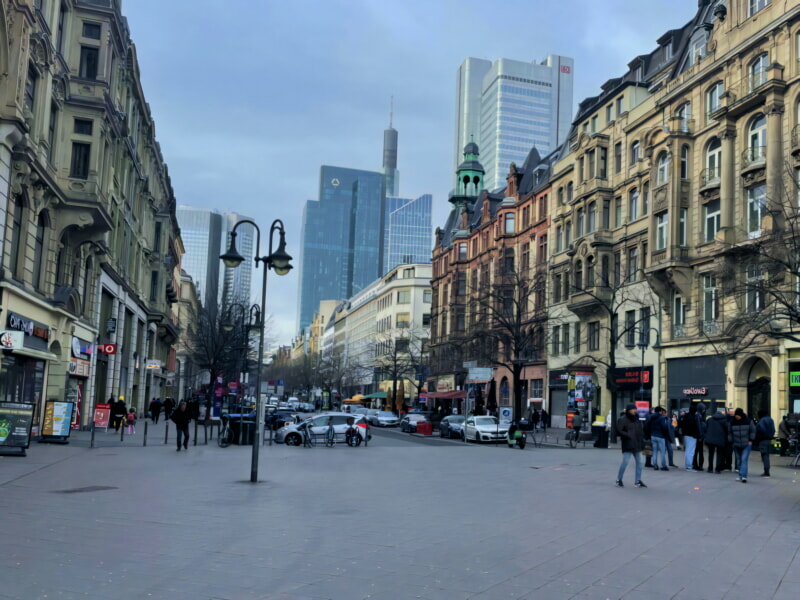
Eschenheimer Turm
The oldest unaltered landmark in Frankfurt, Eschenheimer Turm was built at the start of the 15th century. It was part of the late medieval fortifications and its round core and four domes impress visitors as they walk by.
The tower was designed by Madern Gerthener, who also constructed the cathedral. Originally it was up for demolition as all the old city gates and towers were in the process of being replaced by new ones, but at the request of the ambassador of the French occupying forces, Comte d’Hedouville, the ten-storey tower was spared and became a monument.
For a taste of traditional Hessian cuisine try green sauce, a thick egg-based condiment with boiled potatoes and hard-boiled eggs. It can be ordered at most restaurants in the city, and is often served with a glass of tart Apfelwein.
Alternatively, head over to Zeil for the hangar-like indoor market with 156 stalls offering cheese, meat, vegetables and fruit from across the region. The bar and restaurant at the top of the hall serves a range of dishes and is worth a visit for lunchtime tapas or panini.
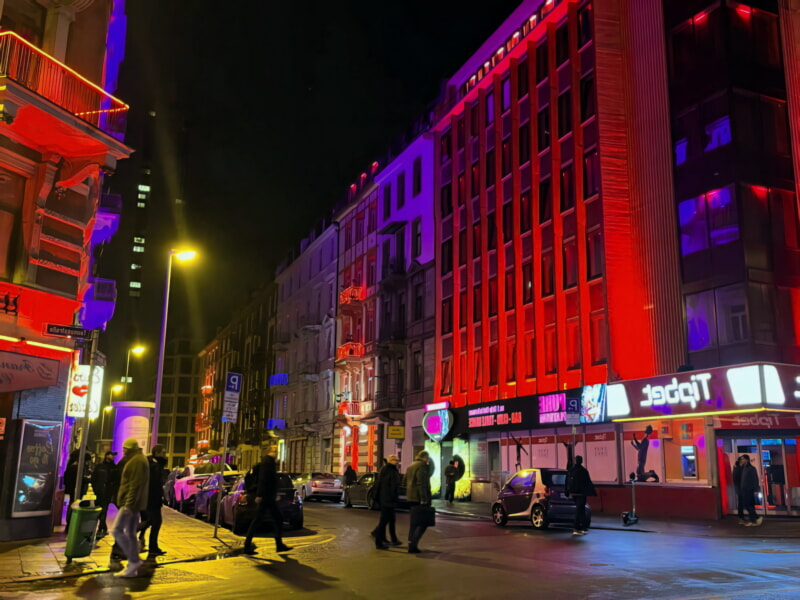
Sachsenhausen
If you want to get off the beaten path in Frankfurt, look no further than Sachsenhausen, a historic district with cobblestone streets and half-timber houses. The area is home to some of the city’s best apfelwein (cider) taverns and a Museum Embankment (Museumsufer) that contains a dozen museums almost next door to each other, making it a great place to spend a few hours.
- For those who wish to learn more about the Nazi regime, visit the Sachsenhausen Memorial. This is the site where a number of political prisoners died.
- This includes the 33 Polish political dissidents who were executed by shooting in February 1945; and 88 Dutch civilian hostages killed by the SS in May 1942.
- As you can see, the conditions were appalling and prisoners died from exhaustion, starvation, illness, abuse or executions. The camp was also infamous for its execution trenches, where prisoners were shot dead.
